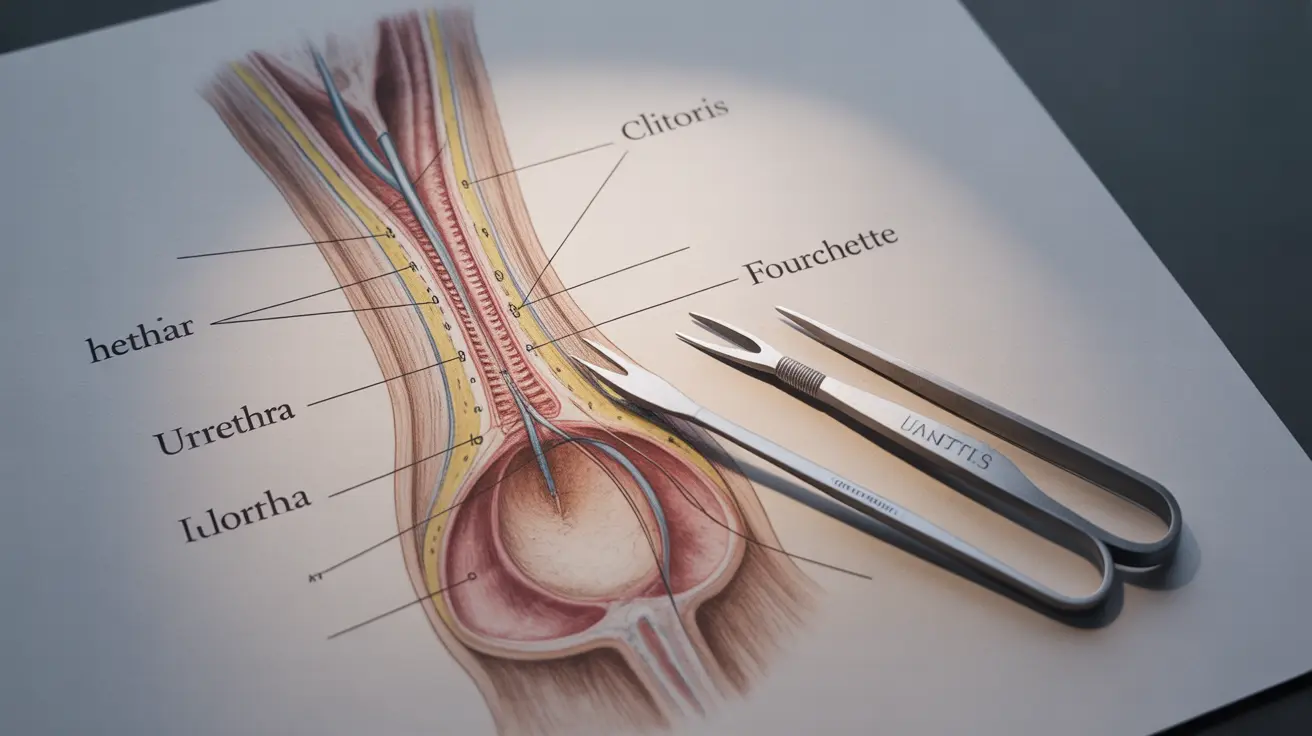A fourchette piercing is a specialized form of intimate body modification that requires careful consideration, proper understanding, and professional expertise. This comprehensive guide will explore everything you need to know about this unique piercing type, from the procedure itself to healing expectations and potential considerations.
Given the sensitive nature and specific anatomical requirements of this piercing, it's crucial to make an informed decision based on thorough research and professional consultation. Let's explore the essential aspects of fourchette piercings to help you understand if this modification is right for you.
The Procedure and Pain Level
The fourchette piercing process is typically performed by an experienced professional piercer who specializes in intimate piercings. The procedure involves careful placement at the posterior fourchette, requiring precise technique and expertise. While individual pain tolerance varies, most recipients report moderate to significant discomfort during the actual piercing moment.
The procedure typically includes:
- Initial consultation and anatomical assessment
- Thorough sterilization of the area
- Precise marking of the piercing location
- Implementation of the piercing using sterile equipment
- Initial jewelry placement
- Immediate aftercare instructions
Safety and Risk Considerations
As with any intimate piercing, there are several important safety factors to consider before proceeding with a fourchette piercing:
Medical Considerations
Potential risks include:
- Infection at the piercing site
- Tissue rejection or migration
- Allergic reactions to jewelry materials
- Scarring or tissue damage
- Complications during healing
Anatomical Requirements
Not everyone is anatomically suited for this type of piercing. A professional piercer will need to evaluate several factors:
- Adequate tissue depth
- Proper anatomical structure
- Healthy tissue condition
- Absence of scarring in the area
Healing Process and Aftercare
The healing journey for a fourchette piercing requires dedication and careful attention to proper aftercare protocols. The typical healing period ranges from 4 to 12 weeks, though complete healing may take longer.
Essential Aftercare Steps
Proper aftercare includes:
- Regular cleaning with sterile saline solution
- Avoiding harsh soaps or chemicals
- Wearing breathable, cotton underwear
- Abstaining from sexual activity during initial healing
- Maintaining good overall hygiene
- Regular monitoring for signs of complications
Impact on Daily Activities
During the healing period, certain activities may need to be modified or temporarily avoided. This includes high-impact exercises, swimming, and intimate activities. Once fully healed, most people can resume normal activities, though individual experiences may vary.
Frequently Asked Questions
How painful is a fourchette piercing, and what can I expect during the procedure?
The pain level varies by individual, but most report moderate to significant discomfort during the procedure. The actual piercing takes only moments, performed by a professional using sterile equipment. You can expect thorough cleaning, precise marking, and careful jewelry insertion, with the entire process taking about 30-45 minutes including consultation.
What are the main risks and possible complications of getting a fourchette piercing?
Main risks include infection, tissue rejection, migration, allergic reactions to jewelry, and potential scarring. Complications can also arise from improper placement or inadequate aftercare. Working with an experienced professional and following strict aftercare protocols helps minimize these risks.
How long does it take for a fourchette piercing to heal, and what aftercare steps are recommended?
Healing typically takes 4-12 weeks, though complete healing may extend longer. Essential aftercare includes regular cleaning with sterile saline solution, wearing breathable clothing, avoiding irritants, and temporarily abstaining from certain activities that could impact healing.
Am I a good candidate for a fourchette piercing, and what are the anatomical requirements?
Candidacy depends on your specific anatomy, tissue health, and overall physical condition. A professional piercer must evaluate adequate tissue depth, proper anatomical structure, and absence of scarring. Not everyone's anatomy is suitable for this piercing type.
How does a fourchette piercing affect sexual activity during healing and after it has fully healed?
Sexual activity should be avoided during the initial healing period (typically 4-6 weeks minimum) to prevent complications and ensure proper healing. Once fully healed, most people can resume normal activities, though individual experiences may vary. It's important to listen to your body and consult your piercer if you have specific concerns.




